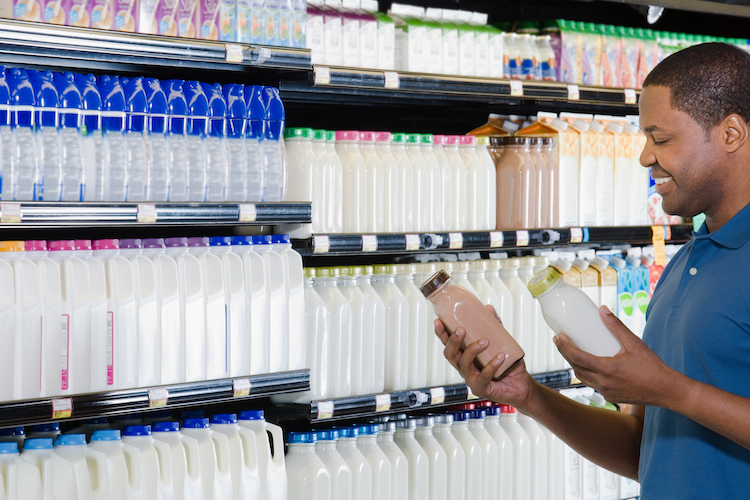
While alternative beverages seem to get more positive press coverage these days than fluid milk sales, dairy team members from two grocery chains acknowledged that milk remains as the major player.
During a panel discussion held at the Dairy Cattle Welfare Council Symposium held in Fort Worth, Texas, a question was raised about the growth of dairy alternatives. Nicole West representing Whole Foods shared that cows’ milk sales are significantly larger than any alternatives.
“We are seeing growth in that alternatives category, but dairy still reins,” she said. West noted that people may think alternatives are bigger than they are because the category is new and exciting and receives a lot of media buzz, but she said alternatives do not take the place of dairy in a lot of cases.
West recognized that it is hard to change consumer behaviors when they turn away from a product like fluid milk. She said consumers are working to educate themselves more on where food comes from, and they are taking note of details such as animal welfare on farms. She encouraged farmers in the audience to tell their story as a way to help inform consumers about the people and animals behind the dairy products.
Jordan Clark, a director of dairy commodities at Albertsons, shared similar sentiments. Even though the fluid milk trajectory is going downward, he said the category is still enormous. Yet, that doesn’t mean we can let fluid milk sales continue to slide. Clark said it will take innovative products to help turn that tide.
Meanwhile, the biggest dairy alternative competing with fluid milk, he shared, is bottled water. As for other alternatives, Clark said he sees regions get excited about emerging markets and give them shelf space, but in the end, families are coming into the store to buy groceries, and they need to feed their kids.
“Nutritionally, there is no comparison between milk alternatives and milk,” he stated, emphasizing the value of cows’ milk.








